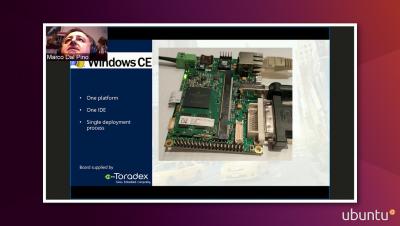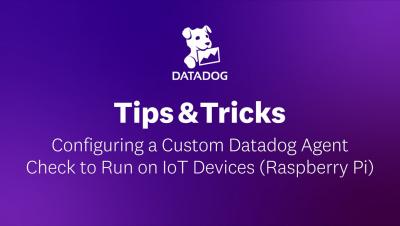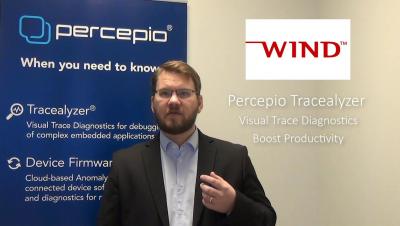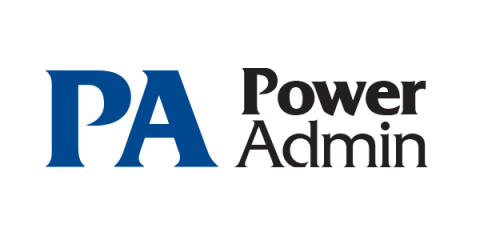Operations | Monitoring | ITSM | DevOps | Cloud
IoT
Configuring a Custom Agent Check to Run on IoT Devices (Raspberry Pi) | Datadog Tips & Tricks
Edge AI in a 5G world - part 4: How your business can benefit from 'smart cell towers'
In part 1 we talked about the industrial applications and benefits that 5G and fast compute at the edge will bring to AI products. In part 2 we went deeper into how you can benefit from this new opportunity. In part 3 we focused on the key technical barriers that 5G and Edge compute remove for AI applications. In this part we will summarise the IoT use cases that can benefit from smart cell towers and how they will help businesses focus their efforts on their key differentiating advantage.
The DevOps guide to IoT projects
Wind River and Percepio; from the Wind River Partner Program Series
How to launch IoT devices - Part 4: When to ask for help
(This blog post is part of a 5 part series, titled “How to launch IoT devices”. It will cover the key choices and concerns when turning bright IoT ideas into a product in the market. Sign up to the webinar on how to launch IoT devices to get the full story, all in one place.) First part: Why does IoT take so long? Second part: Select the right hardware and foundations Third part: IoT devices and infrastructure
Self-Service Analytics for the Shop Floor [Part 2] - A Practical Example using MQTT
In the first part of this blog article, I introduced key concepts surrounding data ingestion for the industrial Internet of Things, the role and importance of metrics and self-services capabilities for shop floor personnel. So let's see how this looks in practice and how the knowledge of a process or control engineer can be turned into action.
Memfault for Embedded Overview
Here's How the Internet of Things is Transforming Healthcare
Industry 4.0 technology is transforming industry all over the world. Digital innovations such as data, virtual reality, automation, and robotics are all helping brands create products and services and deliver them to customers in better and more efficient ways than ever before. One of the most useful elements of Industry 4.0 technology comes from the Internet of Things.











